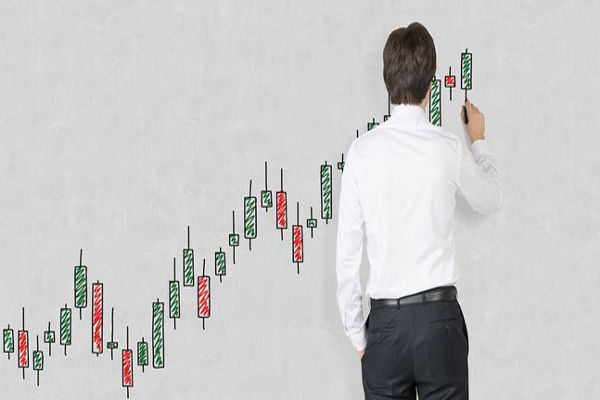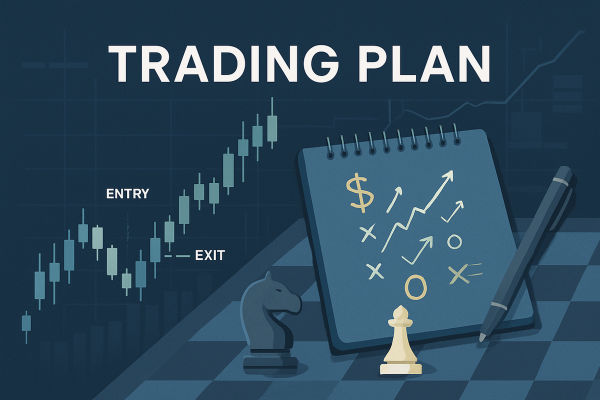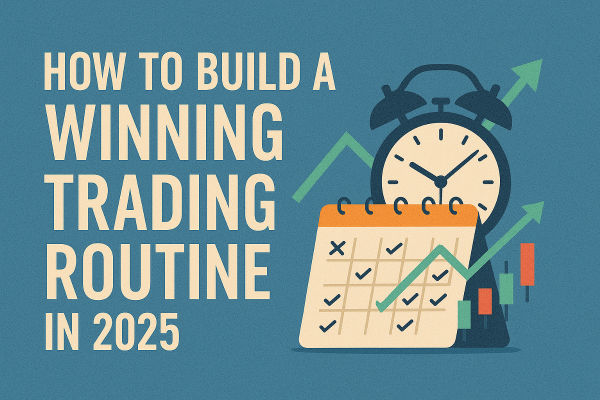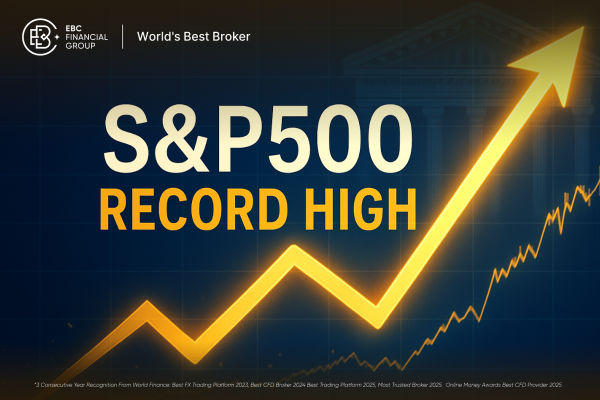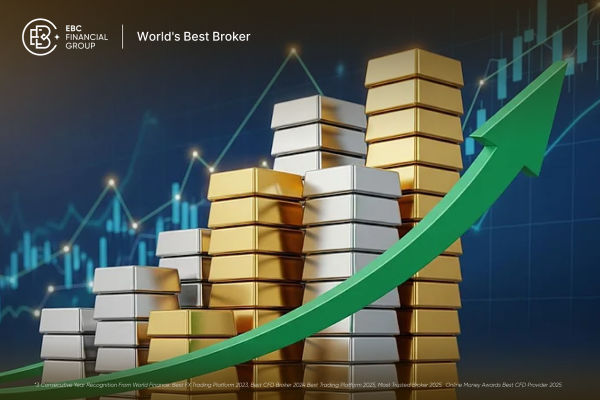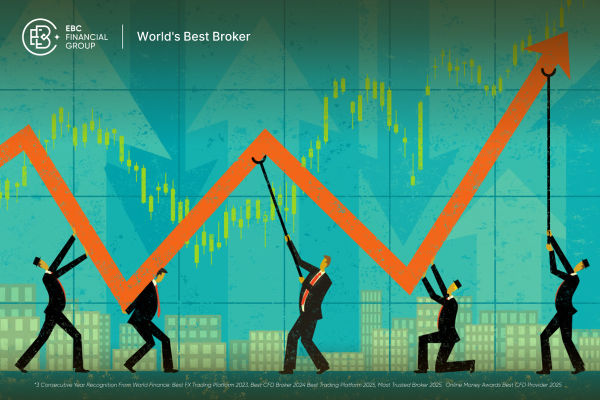Success in trading is not the result of chance, but the outcome of careful planning, discipline, and ongoing development. Whether you're drawn to the fast-paced world of day trading or prefer the steadiness of long-term investments, becoming a successful trader requires more than just understanding charts or market trends. It's about developing a mindset that can withstand volatility and make rational decisions under pressure.
The journey to success involves understanding the fundamentals, crafting a clear strategy, managing risk, and constantly adapting to the changing landscape of the markets. How to become a successful trader isn't a one-size-fits-all answer, but a process of growth, learning, and refinement that unfolds over time.
The Spark That Starts the Journey to Becoming a Successful Trader

Every trader's journey begins with curiosity. Perhaps you were inspired by a news headline about a market rally, a conversation with a friend who trades, or a desire to achieve financial independence. This spark is more than mere interest — it's the first building block in how to become a successful trader.
At this stage, your goal is not to trade immediately but to explore the landscape. Research the various financial markets: equities, foreign exchange, commodities, indices, and even cryptocurrencies. Understand how they function, what drives their prices, and how traders participate.
A common mistake at this point is to rush into live trading without preparation. Instead, think of this stage as your "market orientation" period — a time to observe, read, and absorb before you risk any capital.
The Learning Curve in How to Become a Successful Trader
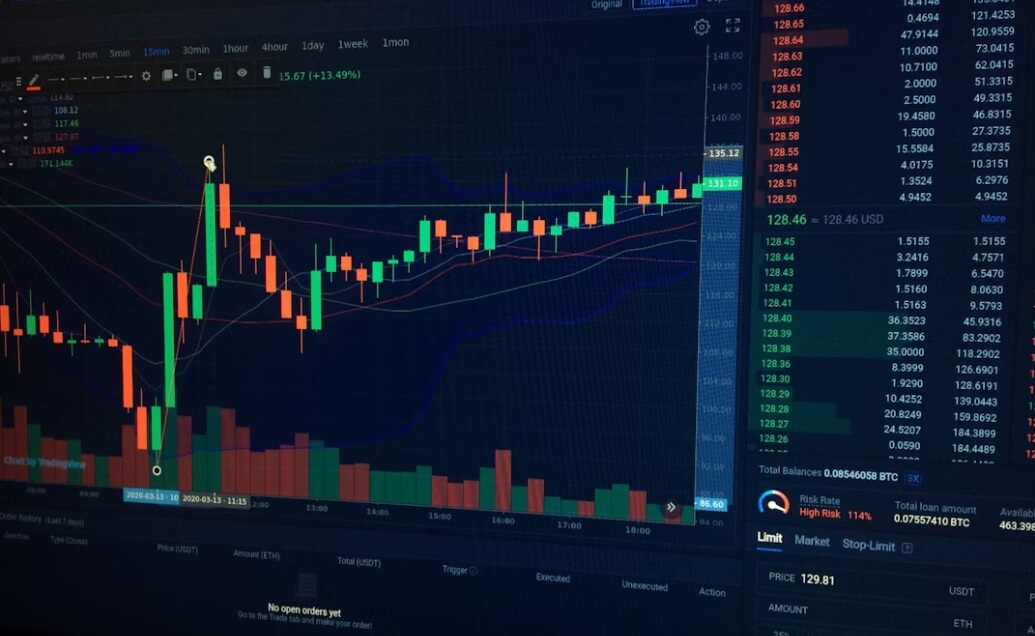
Once your interest is piqued, the real work begins: education. Successful traders are lifelong learners, and if you wish to master how to become a successful trader, you must commit to studying both the theory and the practice of trading.
Start with the basics:
Technical analysis – the study of price charts, patterns, and indicators.
Fundamental analysis – understanding how economic data, company earnings, and geopolitical events influence prices.
Risk management – the science of protecting your capital.
This learning phase should be structured. Use books by reputable authors, enrol in trading courses, and follow market news from credible sources. Importantly, avoid the temptation of "get rich quick" content — the reality of becoming a successful trader is built on patience and skill, not shortcuts.
Many aspiring traders also find value in simulation platforms, where you can practise placing trades in real market conditions without risking real money.
The Planning Stage of Every Successful Trader
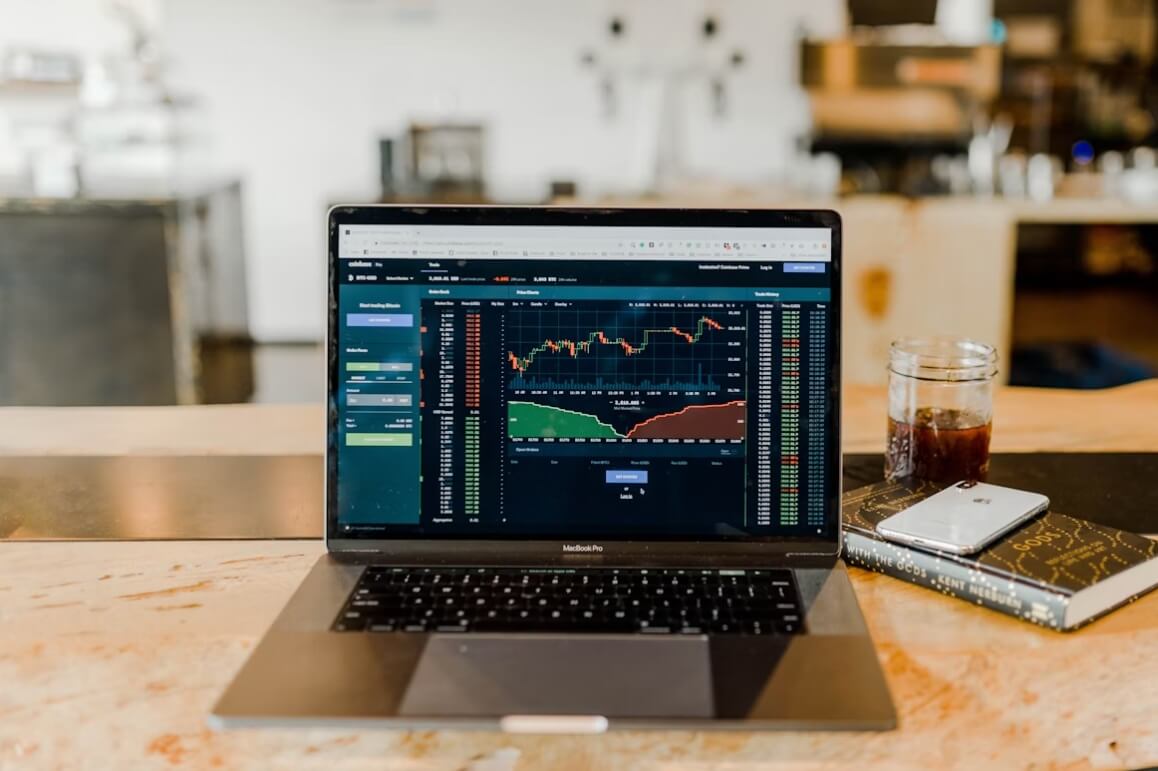
Education is valuable, but without a plan, knowledge remains theoretical. In the third stage of how to become a successful trader, you must create a personalised trading plan. This is your blueprint — a written guide that sets out your goals, methods, and rules.
A robust trading plan should cover:
Your chosen market and time frame (e.g., day trading forex, swing trading stocks).
Entry and exit rules – precise conditions under which you will buy or sell.
Risk parameters – the maximum percentage of your account you will risk per trade.
Performance tracking – how you will review your trades and measure improvement.
Your plan should reflect both your personality and your circumstances. For example, if you have a full-time job, a short-term scalping strategy may not be realistic. A well-matched plan is far more likely to succeed than one copied from someone else.
The Risk Protector's Role in Becoming a Successful Trader

If there is one golden rule in how to become a successful trader, it is this: protect your capital at all costs. Without capital, even the best trading skills are useless. Risk management is not an optional extra — it is the foundation on which profitable trading rests.
A successful trader never risks more than they can afford to lose on a single trade, often limiting risk to 1–2% of total account size. Stop-loss orders are used to cap losses automatically, removing the need for emotional decision-making in the heat of market movement.
It's also wise to diversify — even within trading — so that your results are not overly dependent on one instrument or setup. In short, think like a professional: survival comes before success.
The Execution Phase of a Successful Trader
With education, planning, and risk management in place, it's time to enter the execution stage — where your skills meet the real market. This is the moment when theory is tested under pressure.
The key to this stage of how to become a successful trader is discipline. Stick to your trading plan, avoid impulsive trades, and never chase the market after a missed opportunity. Consistency is more valuable than an occasional big win.
Start small. Trade with amounts that allow you to remain emotionally detached from the outcome. This makes it easier to follow your rules without the fear or greed that can lead to mistakes. Over time, as your track record strengthens, you can scale up your trade sizes.
The Evolution of How to Become a Successful Trader
The market is a living, breathing entity. Conditions change, trends shift, and strategies that once worked can lose their edge. The final stage in how to become a successful trader is the ongoing process of adaptation.
This means regularly reviewing your trading journal, identifying patterns in your successes and failures, and making adjustments. It may involve learning new analysis techniques, exploring different markets, or adopting fresh risk control methods.
Some of the most successful traders in history credit their longevity to this adaptability. They treat every trade — win or lose — as a source of data to improve future performance.
Conclusion: The Ongoing Journey
Understanding how to become a successful trader is less about finding a single "secret" and more about embracing a process. The six stages — from the initial spark to constant evolution — form a cycle of growth.
There will be setbacks, moments of doubt, and times when you question whether trading is worth the effort. But if you treat it as a discipline, commit to learning, and protect your capital, the journey can be both intellectually fulfilling and financially rewarding.
Ultimately, the question is not simply how to become a successful trader, but how to remain one — year after year, through changing markets and personal growth.
Disclaimer: This material is for general information purposes only and is not intended as (and should not be considered to be) financial, investment or other advice on which reliance should be placed. No opinion given in the material constitutes a recommendation by EBC or the author that any particular investment, security, transaction or investment strategy is suitable for any specific person.















